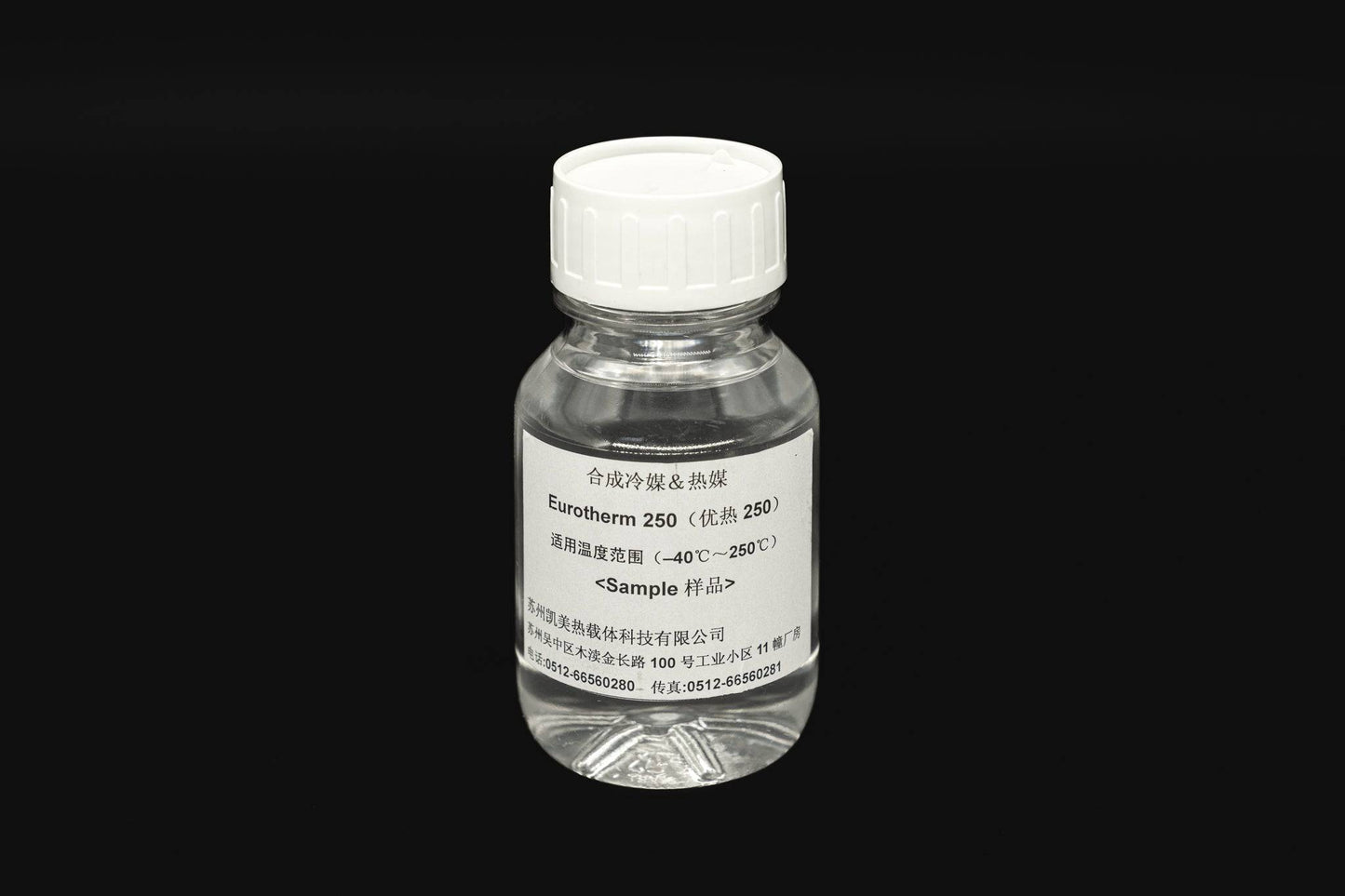The smart Trick of Chemie That Nobody is Talking About
The smart Trick of Chemie That Nobody is Talking About
Blog Article
Some Known Incorrect Statements About Chemie
Table of ContentsNot known Incorrect Statements About Chemie Unknown Facts About ChemieChemie Can Be Fun For AnyoneNot known Factual Statements About Chemie All about ChemieChemie Can Be Fun For Everyone
By Bojanna Shantheyanda, Sreya Dutta, Kevin Coscia and David SchiemerDynalene, Inc. Fluid air conditioning, which can be attained utilizing indirect or direct ways, is made use of in electronics applications having thermal power thickness that may surpass safe dissipation through air cooling. Indirect liquid cooling is where warm dissipating electronic parts are physically divided from the liquid coolant, whereas in situation of direct air conditioning, the elements are in straight contact with the coolant.However, in indirect air conditioning applications the electrical conductivity can be crucial if there are leakages and/or spillage of the liquids onto the electronics. In the indirect air conditioning applications where water based liquids with corrosion inhibitors are usually made use of, the electrical conductivity of the fluid coolant mostly depends upon the ion focus in the liquid stream.
The boost in the ion concentration in a closed loop liquid stream may happen because of ion leaching from metals and nonmetal elements that the coolant fluid is in call with. Throughout operation, the electric conductivity of the liquid might enhance to a degree which can be unsafe for the air conditioning system.
All About Chemie
(https://www.pageorama.com/?p=chemie999)They are bead like polymers that can exchanging ions with ions in a solution that it touches with. In the present work, ion leaching tests were performed with numerous metals and polymers in both ultrapure deionized (DI) water, i.e. water which is treated to the highest degree of purity, and reduced electric conductive ethylene glycol/water blend, with the determined change in conductivity reported over time.
The samples were enabled to equilibrate at area temperature level for 2 days prior to recording the initial electrical conductivity. In all examinations reported in this research study fluid electric conductivity was measured to a precision of 1% utilizing an Oakton CON 510/CON 6 collection meter which was adjusted prior to each measurement.
The smart Trick of Chemie That Nobody is Talking About
from the wall surface home heating coils to the center of the furnace. The PTFE sample containers were put in the furnace when stable state temperature levels were gotten to. The examination configuration was gotten rid of from the furnace every 168 hours (seven days), cooled to space temperature with the electric conductivity of the fluid determined.
The electrical conductivity of the fluid sample was kept track of for a total of 5000 hours (208 days). Figure 2. Schematic of the indirect closed loop cooling down experiment set-up - high temperature thermal fluid. Table 1. Components made use of in the indirect closed loophole cooling experiment that are in call with the fluid coolant. A schematic of the experimental setup is received Figure 2.

Indicators on Chemie You Need To Know
The adjustment in liquid electric conductivity was checked for 136 hours. The liquid from the system was gathered and stored.

0.1 g of Dowex material was added to 100g of liquid samples that was absorbed a different container. The mixture was mixed and change in the electric conductivity at room temperature was determined every hour. The measured adjustment in the electrical conductivity of the UP-H2O and EG-LC test fluids having polymer or steel when involved for 5,000 hours at 80C is shown Number 3.
Indicators on Chemie You Should Know
Ion seeping experiment: Measured modification in electrical conductivity of water and EG-LC coolants having either polymer or steel samples when submersed for 5,000 hours at 80C. The outcomes show that metals contributed less ions into the liquids than plastics in both UP-H2O and EG-LC based coolants.
Fluids containing polypropylene and HDPE displayed the most affordable electric conductivity modifications. This could be as a result of the short, stiff, straight chains which are less most likely to contribute ions than longer branched chains with weaker intermolecular forces. Silicone additionally executed well in both test liquids, as polysiloxanes are typically chemically inert as a result of the high bond energy of the silicon-oxygen bond which would certainly prevent degradation of the material into the fluid.
The 30-Second Trick For Chemie
It would be anticipated that PVC would certainly produce comparable results to those of PTFE and HDPE based upon the similar chemical frameworks of the materials, nevertheless there might be other impurities existing in the PVC, such as plasticizers, that might influence the electric conductivity of the liquid - inhibited antifreeze. In addition, chloride groups in PVC can additionally leach into the examination fluid and can create a boost in electrical conductivity
Buna-N rubber and polyurethane showed indicators of deterioration and thermal disintegration which suggests that their feasible utility as a gasket or sticky material at higher temperature levels could lead to application issues. Polyurethane completely disintegrated right into the test liquid by the end of 5000 hour test. Number 4. Before and after photos of steel and polymer samples submersed for 5,000 hours at 80C in the ion seeping experiment.
Measured modification in the electrical conductivity of UP-H2O coolant as a function of time with and without resin cartridge in you can look here the closed indirect cooling loophole experiment. The determined modification in electric conductivity of the UP-H2O for 136 hours with and without ion exchange resin in the loop is displayed in Figure 5.
Report this page